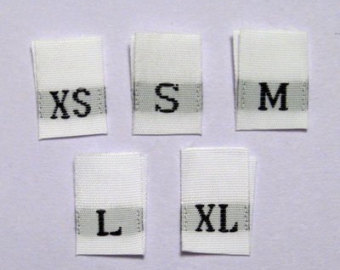
Have any of your students ever told you they want to lose weight, even though you (and everyone else) think they “look fine”? What advice have you given them? This post is about the unconventional advice I gave a nutrition client when everyone was telling her the opposite.
The client, “Susan”, came to me and complained about being a size 6. She didn”™t like being that size and insisted that she had to be a 4. Susan had been to several other nutritionists and fitness instructors, and had also talked to her friends about this problem. Everyone, professionals and friends alike, had drawn the same conclusion. They told her she looked great the way she was (which was true; she did) and just needed to develop a more realistic view of her body.
Some people, they told her, aren”™t meant to be size 4, and you need to accept that.
Before I make any recommendations for a client, I always begin by asking lots of questions. So that”™s what I did with Susan.
I took her unhappiness with her weight seriously, rather than dismissing it as some sort of character flaw. I”™m convinced that someone who feels uncomfortable at a given weight may actually be tuning in to what her body”™s telling her, not pining to look like her favorite fashion model.
It turned out that Susan”™s eating was under control portion-wise for most of the day, although, in the evenings, she often binged.
But what made the strongest impression on me was the way Susan conducted the food journal review. When she showed me the log, she went through every single entry with me. She read the foods aloud and told me the story behind everything she”™d had at each meal. I heard about cravings, the reasons for each selection, and more.
Obviously, Susan liked being in control. I decided that was the clue to this whole thing. No one likes feeling out of control when it comes to food and eating. That has been the source of self-esteem issues in many of the clients I”™ve worked with over the years. The main difference for Susan between sizes 4 and 6 was not her appearance, but what it took to be a 4. As a 4, she had felt in control. Now she was bingeing.
So we addressed the bingeing and what Susan ate during the day that caused her to binge at night. If you”™ve read other posts I”™ve written, it won”™t surprise you that the culprit seemed to be sugar. Susan”™s night binges always occurred after she”™d eaten sugar during the day. It felt intuitively clear that getting sugar out of Susan”™s diet would give her back the control she really wanted, regardless of her weight.
Well, the results showed that my hunch had been correct. Susan”™s cleaned-up diet didn”™t trigger binges, and that was a relief for her. Yes, she did lose a few pounds, but she stopped obsessing about getting back to a size 4 and finally did what everyone had wanted her to do all along. She accepted her body.
As an indoor cycling instructor, you may be a logical starting point for a student who wants to lose weight. If she needs more help than you”™re comfortable giving, you can always refer. But my hope is that, if she looks pretty good, you”™ll consider her discomfort something more than an unrealistic expectation.
- New Year’s Resolutions: A Sugar Addict’s Survival Guide - April 15, 2024
- Motivation vs. Enthusiasm - October 12, 2023
- Why Exercise Shouldn’t Be Just One Thing - November 9, 2022
